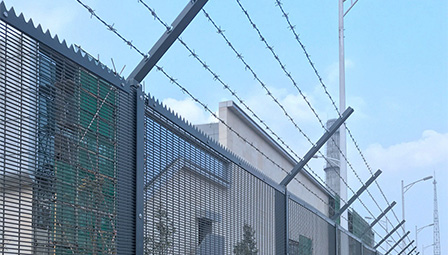Selecting the Right Trailer Leaf Springs for Your Fitting Needs
Août . 21, 2024 08:10
Fitting Trailer Leaf Springs A Comprehensive Guide
When it comes to ensuring the smooth operation and reliability of trailers, one of the crucial components that often go overlooked is the leaf spring. Leaf springs play a vital role in supporting the trailer's weight, providing stability, and ensuring a comfortable ride. Understanding how to fit trailer leaf springs correctly is essential for both safety and performance.
Understanding Leaf Springs
Leaf springs are composed of multiple layers of flexible steel, known as leaves, that are bound together. This design allows for the absorption of shocks from the road, maintaining the trailer’s stability during transit. The flexibility of the springs enables them to compress under load and return to their original shape, which is essential for maintaining ride height and controlling the trailer’s dynamics.
Importance of Proper Fitting
Correctly fitting leaf springs is critical for maximizing the safety and performance of your trailer. Improperly fitted springs can lead to several issues, including uneven weight distribution, decreased handling performance, and increased tire wear. Additionally, poorly integrated leaf springs can contribute to trailer sway, making towing hazardous, particularly under heavy loads or during gusty winds.
Tools and Materials Needed
Before you begin the process of fitting trailer leaf springs, ensure you have the necessary tools and materials. Typical tools include a jack, jack stands, wrenches, and possibly a spring compressor. It is also essential to have both the new leaf springs and any additional hardware, such as bolts and bushings, which may need to be replaced during the installation process.
Steps for Fitting Trailer Leaf Springs
fitting trailer leaf springs

1. Safety First Park the trailer on a level surface and ensure it is secure. Use wheel chocks and jack stands to support the trailer while you work.
2. Remove Old Leaf Springs Start by removing the wheels to gain easier access to the suspension components. Disconnect the brake lines if necessary, and then unbolt the existing leaf springs from the axle and the frame of the trailer.
3. Inspect Frame and Hardware Before installing new springs, inspect the trailer’s frame and other suspension components for wear and damage. Replace any parts that show signs of significant wear.
4. Install New Leaf Springs Position the new leaf springs against the trailer's frame and axle. Secure them using the appropriate bolts, ensuring that everything is aligned properly. Pay close attention to the orientation of the springs, as improper placement can lead to performance issues.
5. Reconnect and Adjust Once the new leaf springs are in place, reconnect any brake lines or other components that were detached. Adjust any necessary components to ensure a good fit.
6. Test the Setup Before taking the trailer on the road, perform a thorough inspection of your work. Look for any loose bolts or misalignments. Once satisfied, lower the trailer to the ground, and take a test drive to ensure everything is functioning correctly.
Conclusion
Fitting trailer leaf springs may seem like a daunting task, but with the right tools and instructions, it can be done effectively. It is crucial to remember that maintaining the suspension system is vital for the safety and longevity of your trailer. Properly fitted leaf springs can significantly enhance the towing experience by providing better stability, improved handling, and comfort. Whether you’re upgrading your trailer’s suspension or replacing worn components, taking the time to fit leaf springs correctly will pay off in the long run, ensuring a safe journey every time you hit the road.









 Unity
Unity Creation
Creation Challenge
Challenge Contribution
Contribution










